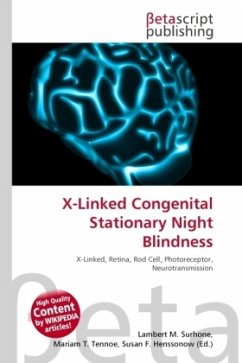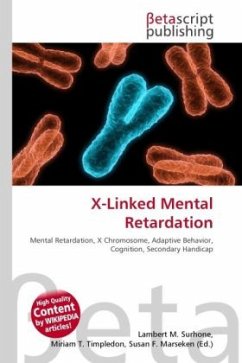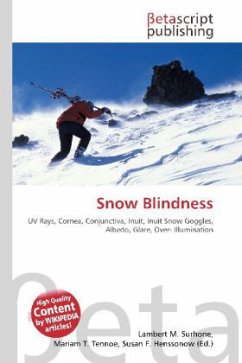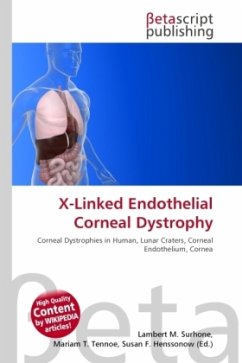High Quality Content by WIKIPEDIA articles! X-linked congenital stationary night blindness (CSNB) is a rare X-linked non-progressive retinal disorder. It has two forms, complete, also known as type-1 (CSNB1), and incomplete, also known as type-2 (CSNB2), depending on severity. In the complete form (CSNB1), there is no measurable rod cell response to light, whereas this response is measurable in the incomplete form. Patients with this disorder have difficulty adapting to low light situations due to impaired photoreceptor transmission. These patients also often have reduced visual acuity, myopia, nystagmus, and strabismus. CSNB1 is caused by mutations in the gene NYX, which encodes a protein involved in retinal synapse formation or synaptic transmission. CSNB2 is caused by mutations in the gene CACNA1F, which encodes a voltage-gated calcium channel CaV1.4.
Bitte wählen Sie Ihr Anliegen aus.
Rechnungen
Retourenschein anfordern
Bestellstatus
Storno








